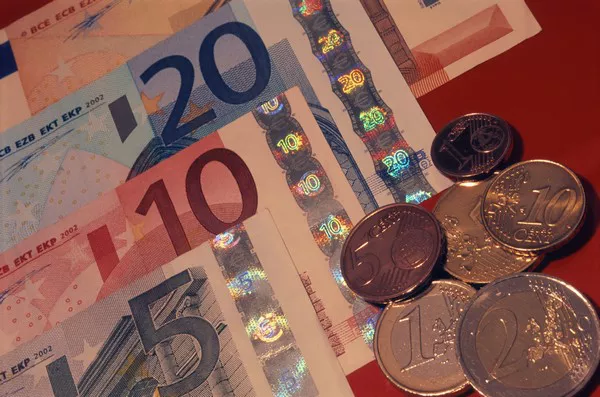The Euro, the official currency of the Eurozone, has experienced its fair share of fluctuations over the years. In recent times, concerns have been raised about its current status and whether it will regain its former strength. This article aims to delve into the factors influencing the Euro’s performance and analyze the possibilities of its resurgence.
Historical Context:
To understand the current state of the Euro, it’s crucial to examine its historical performance. The Euro, introduced in 1999, initially faced skepticism and doubts about its sustainability. However, it gradually established itself as a robust currency, reaching its peak in the mid-2000s. The global financial crisis of 2008 dealt a significant blow to the Euro, causing a decline in its value against major currencies.
Recent Performance:
In the aftermath of the financial crisis, the Eurozone faced various economic challenges, including sovereign debt crises in several member countries. These events had a lasting impact on the Euro’s value. Additionally, uncertainties surrounding Brexit, political tensions, and the COVID-19 pandemic further contributed to the Euro’s volatility in recent years.
Factors Influencing the Euro’s Performance:
Economic Indicators: The Eurozone’s economic performance is a critical determinant of the Euro’s strength. Factors such as GDP growth, unemployment rates, and inflation play pivotal roles. Positive economic indicators can boost investor confidence and contribute to the Euro’s recovery.
Political Stability: Political stability within the Eurozone is crucial for the currency’s strength. Political uncertainties, such as elections and policy disagreements among member countries, can create volatility in the foreign exchange markets and impact the Euro’s value.
Monetary Policy: The European Central Bank (ECB) plays a central role in influencing the Euro’s value through its monetary policy decisions. Interest rates, quantitative easing measures, and other policy tools can impact the currency’s attractiveness to investors.
Global Events: Events on the global stage, such as trade tensions, geopolitical conflicts, and health crises, can have ripple effects on the Euro. These external factors contribute to market sentiment and influence the demand for the currency.
Analyzing the Possibilities:
Economic Recovery:
The Eurozone has shown signs of economic recovery in recent times. Positive GDP growth, declining unemployment rates, and efforts to address fiscal challenges contribute to a more optimistic outlook. If this trend continues, it could provide a solid foundation for the Euro to regain strength.
ECB Policies:
The ECB’s monetary policy decisions will be instrumental in determining the Euro’s trajectory. Continued measures to support economic recovery and maintain price stability may instill confidence in the currency. However, any unexpected policy shifts could introduce uncertainties.
Global Dynamics:
Collaborative efforts to address global challenges, such as the ongoing recovery from the COVID-19 pandemic and resolution of trade disputes, could create a favorable environment for the Euro. Improved global economic conditions often benefit the Euro as a major international currency.
Political Unity:
Political cohesion within the Eurozone is essential for the currency’s stability. Efforts to address internal disagreements, enhance cooperation, and promote a unified approach to economic challenges will contribute positively to the Euro’s prospects.
See Also What Is The Euro Prediction? A Comprehensive Look
Conclusion:
The question of whether the Euro will ever regain its strength is complex and depends on various interconnected factors. While challenges exist, there are also promising signs of economic recovery and increased stability within the Eurozone. The role of the ECB, political unity, and global dynamics will be instrumental in shaping the Euro’s future.
Investors and policymakers alike must closely monitor economic indicators, political developments, and global events to gain insights into the Euro’s trajectory. While predicting currency movements is inherently uncertain, a comprehensive understanding of the factors at play can aid in making informed assessments about the Euro’s potential for recovery in the coming years.


